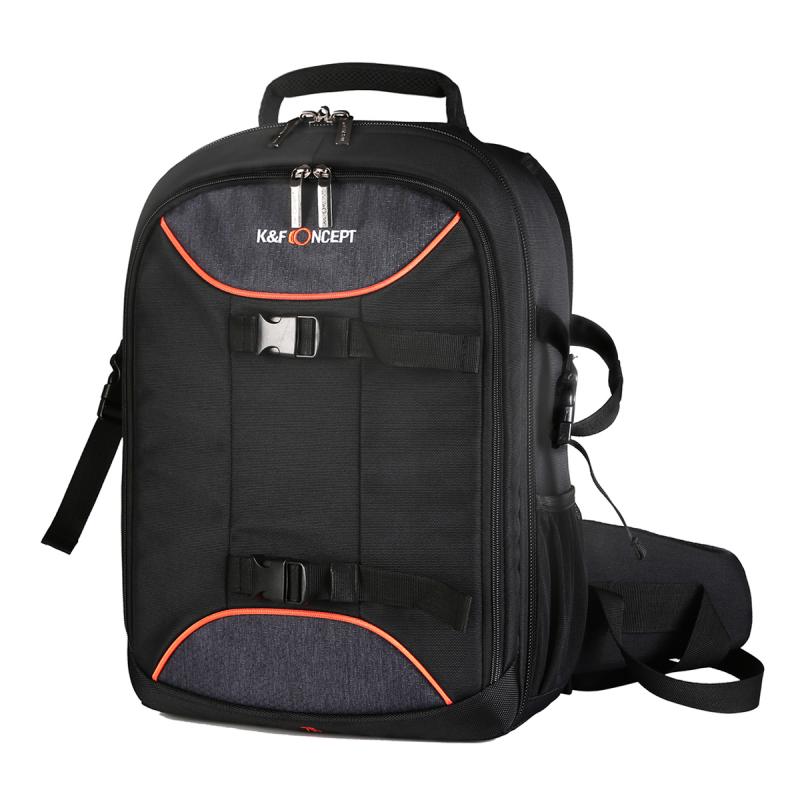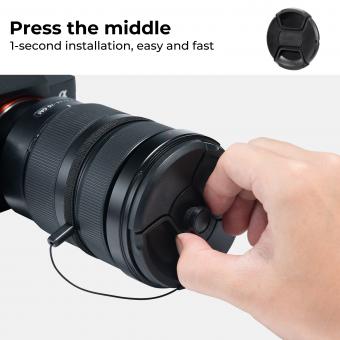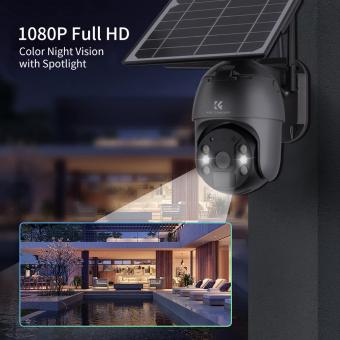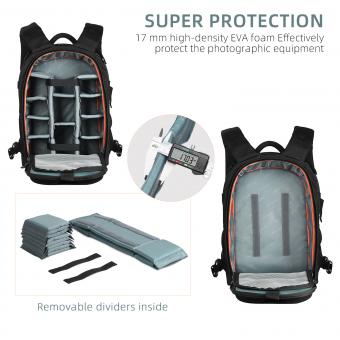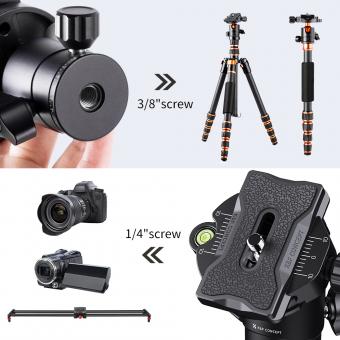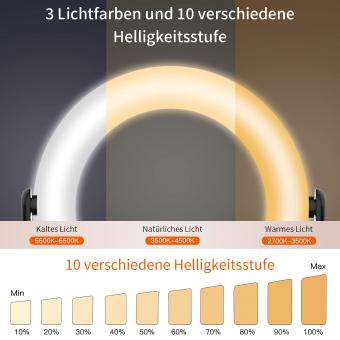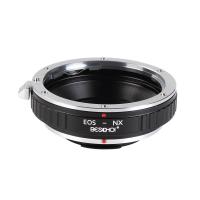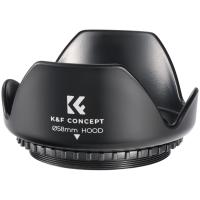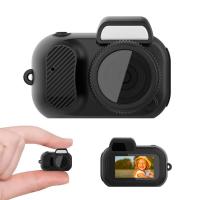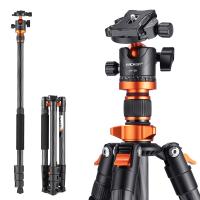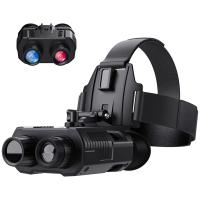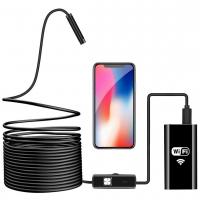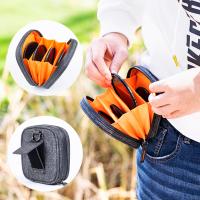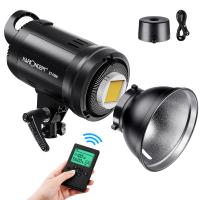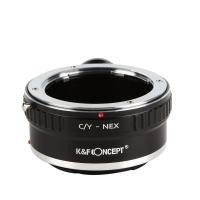How To Get A Good Camera ?
To get a good camera, you should first determine your needs and budget. Consider what type of photography you will be doing and what features are important to you, such as image quality, lens options, and ease of use. Research different camera brands and models, read reviews, and compare prices. You may also want to consider buying a used or refurbished camera to save money. Don't forget to factor in the cost of accessories such as lenses, memory cards, and camera bags. Finally, make sure to purchase from a reputable retailer and check for warranty and return policies.
1、 Camera types and features
Camera types and features are important considerations when looking to purchase a good camera. There are several types of cameras available in the market, including point-and-shoot, mirrorless, and DSLR cameras. Each type has its own unique features and benefits, and the choice ultimately depends on the user's needs and preferences.
Point-and-shoot cameras are compact and easy to use, making them a popular choice for casual photographers. They are also relatively affordable and come with a range of features such as zoom lenses, image stabilization, and built-in flash. However, they may not offer the same level of image quality and control as other types of cameras.
Mirrorless cameras are a newer type of camera that combines the portability of point-and-shoot cameras with the image quality and control of DSLRs. They are smaller and lighter than DSLRs, making them a great option for travel and street photography. They also offer interchangeable lenses and advanced features such as electronic viewfinders and 4K video recording.
DSLR cameras are the most popular type of camera among professional photographers. They offer the highest level of image quality and control, with features such as full manual control, interchangeable lenses, and large image sensors. However, they are also larger and heavier than other types of cameras, making them less portable.
When looking to purchase a good camera, it is important to consider the type of photography you will be doing and your budget. The latest point of view is that mirrorless cameras are becoming increasingly popular due to their combination of portability and advanced features. However, DSLRs still offer the highest level of image quality and control, making them a great option for professional photographers.
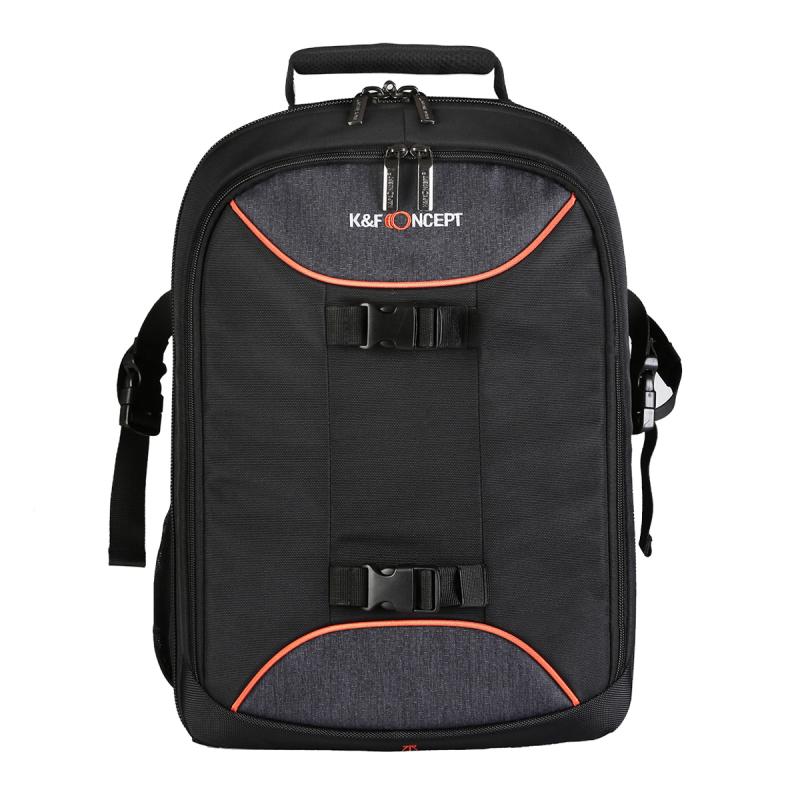
2、 Sensor size and resolution
How to get a good camera? There are several factors to consider, but two of the most important are sensor size and resolution.
Sensor size refers to the physical dimensions of the camera's image sensor, which is responsible for capturing light and creating the image. Generally speaking, larger sensors are better because they can capture more light and produce higher-quality images with less noise. Full-frame sensors are the largest and most expensive, while APS-C and Micro Four Thirds sensors are smaller and more affordable.
Resolution refers to the number of pixels in the image, which determines how much detail can be captured. Higher resolution cameras can produce sharper, more detailed images, but they also require more storage space and processing power. The latest trend in resolution is 8K, which offers four times the resolution of 4K and is becoming more common in high-end cameras.
When choosing a camera, it's important to consider your needs and budget. If you're a professional photographer or videographer, you may want to invest in a full-frame camera with high resolution. If you're a hobbyist or just starting out, a smaller sensor and lower resolution may be sufficient.
In conclusion, sensor size and resolution are two key factors to consider when choosing a camera. The latest trend in resolution is 8K, but it's important to balance resolution with your needs and budget.

3、 Lens selection and compatibility
Lens selection and compatibility is a crucial factor to consider when looking to get a good camera. The lens is the most important part of the camera as it determines the quality of the image. Therefore, it is essential to choose a lens that is compatible with your camera and meets your photography needs.
When selecting a lens, it is important to consider the type of photography you will be doing. For example, if you are interested in landscape photography, you may want to consider a wide-angle lens. If you are interested in portrait photography, you may want to consider a prime lens with a wide aperture.
It is also important to consider the brand of the lens and its compatibility with your camera. Some camera brands have proprietary lens mounts, which means that only lenses from the same brand will be compatible with the camera. However, there are also third-party lenses available that are compatible with multiple camera brands.
In addition to lens selection and compatibility, it is also important to consider the latest advancements in camera technology. For example, mirrorless cameras have become increasingly popular in recent years due to their compact size and advanced features. These cameras offer high-quality image sensors and interchangeable lenses, making them a great option for photographers of all levels.
In conclusion, when looking to get a good camera, lens selection and compatibility should be a top consideration. It is important to choose a lens that is compatible with your camera and meets your photography needs. Additionally, staying up-to-date with the latest advancements in camera technology can help you make an informed decision when selecting a camera.
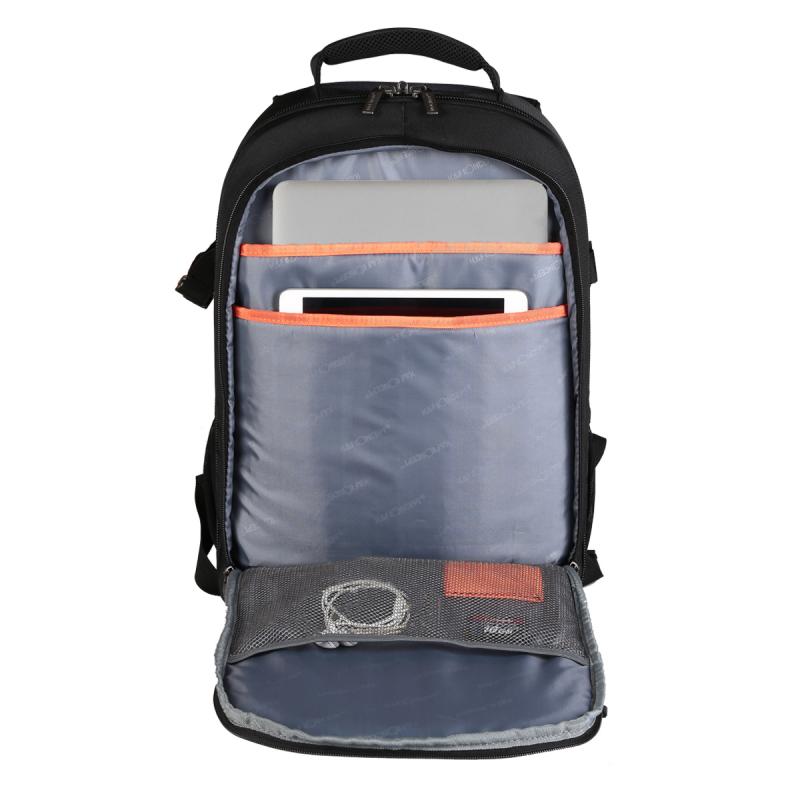
4、 Image stabilization and autofocus
How to get a good camera? This is a question that many people ask themselves when they are looking to upgrade their photography equipment. There are many factors to consider when choosing a camera, but two of the most important are image stabilization and autofocus.
Image stabilization is a technology that helps to reduce camera shake and blur in photos. This is especially important when shooting in low light or when using a long lens. There are two types of image stabilization: in-body and in-lens. In-body stabilization is built into the camera body, while in-lens stabilization is built into the lens. Both types of stabilization have their advantages and disadvantages, so it's important to do your research and choose the one that best suits your needs.
Autofocus is another important feature to consider when choosing a camera. Autofocus helps to ensure that your photos are sharp and in focus. There are several types of autofocus, including phase detection, contrast detection, and hybrid autofocus. Each type has its own strengths and weaknesses, so it's important to choose the one that works best for your shooting style.
In recent years, there have been many advancements in both image stabilization and autofocus technology. For example, some cameras now feature dual image stabilization, which combines in-body and in-lens stabilization for even better results. Additionally, some cameras now feature advanced autofocus systems that use artificial intelligence and machine learning to track and focus on subjects more accurately.
In conclusion, when looking to get a good camera, it's important to consider both image stabilization and autofocus. These two features can make a big difference in the quality of your photos, especially in challenging shooting conditions. With the latest advancements in technology, there are now more options than ever before, so take your time and choose the camera that best suits your needs.
